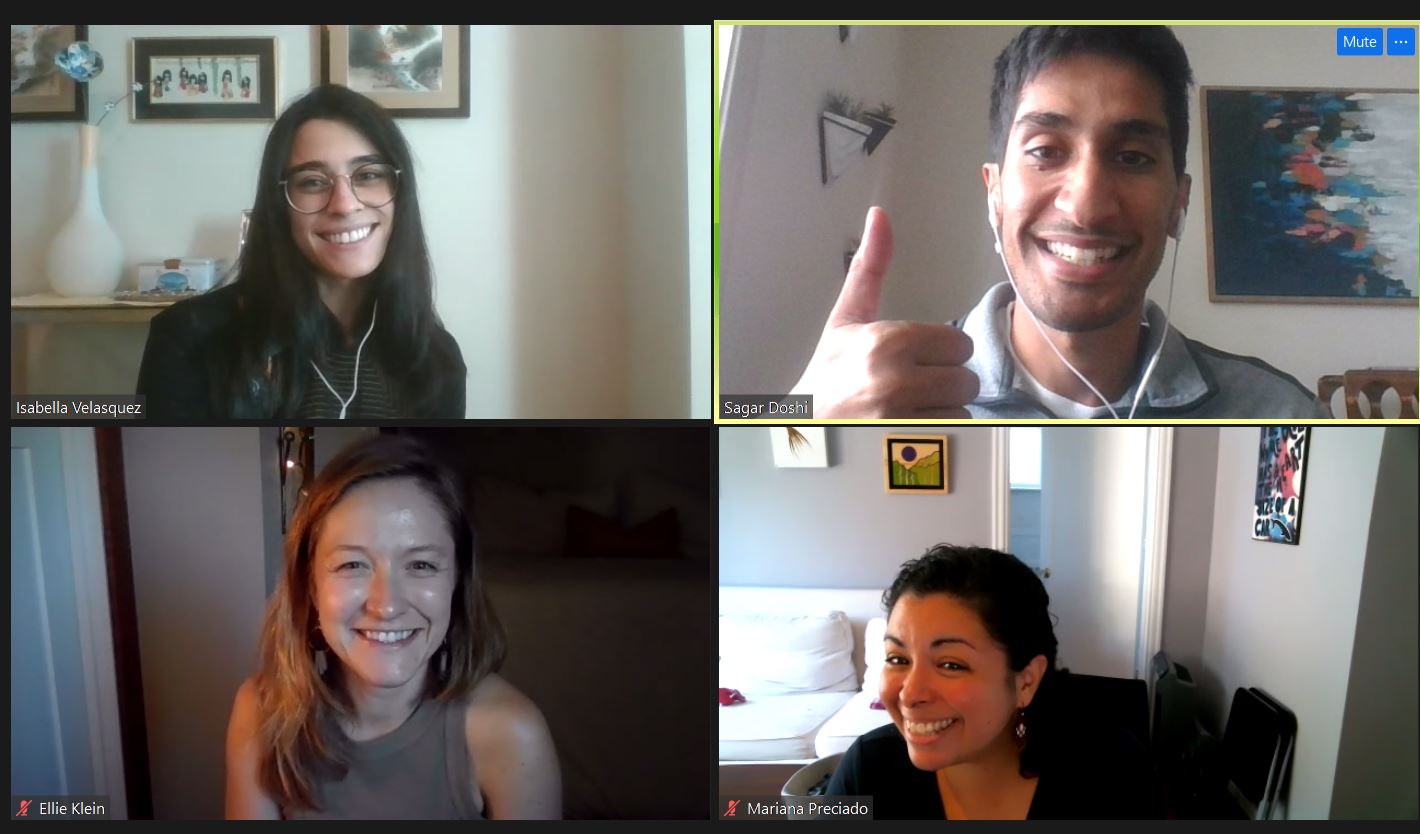Dow Prize: A New Strategy to Provide Safer Groundwater for Millions

By Edmund L. Andrews
This post originally appeared on the Institute for Business & Social Impact Blog.
Katya Cherukumilli, a Ph.D. candidate in environmental engineering at Berkeley, has won a prestigious prize for her work at the Gadgil research lab on a novel strategy to protect people in low-income nations from poisonously high fluoride levels in groundwater.
In the United States and most other industrialized nations, water utilities routinely add small amounts of fluoride to drinking water as a way to reduce tooth decay. But groundwater often contains very high concentrations of naturally- occurring fluoride that can induce skeletal fluorosis — major bone deformations.
It’s mainly a issue for rural areas, which are more likely to rely on fluoride-heavy groundwater. Urban areas, which usually draw their water from surface sources, generally don’t have a problem.
Cherukumilli, who was born in India and still has family there, knew that as hundreds of millions of people worldwide are exposed to excessive fluoride. Skeletal fluorosis is common in many parts of Asia and Africa.
The problem is that the main methods of reducing fluoride concentrations are expensive and impractical for people in very poor rural communities.
The most widely-used technologies are filters that employ activated alumina to absorb fluoride, but activated alumina is a highly refined and fairly expensive product. The filters cost about $30 and the filter media needs to be replaced frequently.
It was a problem that ideally suited Cherukumilli’s interests. “I decided to go into environmental engineering because I wanted to develop a skill set for solving problems, rather than characterizing them,” she says. Her particular focus was on resource issues in developing economies.
On trips to India, she recounts, she began looking at local efforts to reduce fluoride concentrations and quickly concluded that authorities weren’t close to solving the problem.
Her idea was to explore less refined forms of bauxite, the mineral from which alumina is refined, that would be cheaper and available in many parts of the world. She tested several forms of bauxite from different deposits, and found several that had potential. She then organized an interdisciplinary team of Berkeley graduate students, which won a Big Ideas grant from Berkeley. On her own, she then entered the Dow Sustainability Innovation Student Challenge at UC Berkeley and won the $10,000 grand prize for proposals from this university.
The second-place award went to a “A Green Solution Blue Jeans: Reductant-free Indigo Textile Dyeing,” an idea submitted by Zachary Russ, Tammy Hsu and Luke Latimer from the Bioengineering and Chemistry departments. Third place went to “Sustainable Affordable Clean Air with Nanotechnology,” submitted by Vivan Qu, Rahul Jain, and Rui Wang from Materials Science and Engineering and Mechanical Engineering.
The Dow competition seeks out innovative and interdisciplinary proposals for sustainable solutions to pressing global environmental and social challenges. Eighteen universities participate in the Dow challenges, and winners are selected from each. At UC Berkeley, the challenge is hosted by the Center for Responsible Business.


